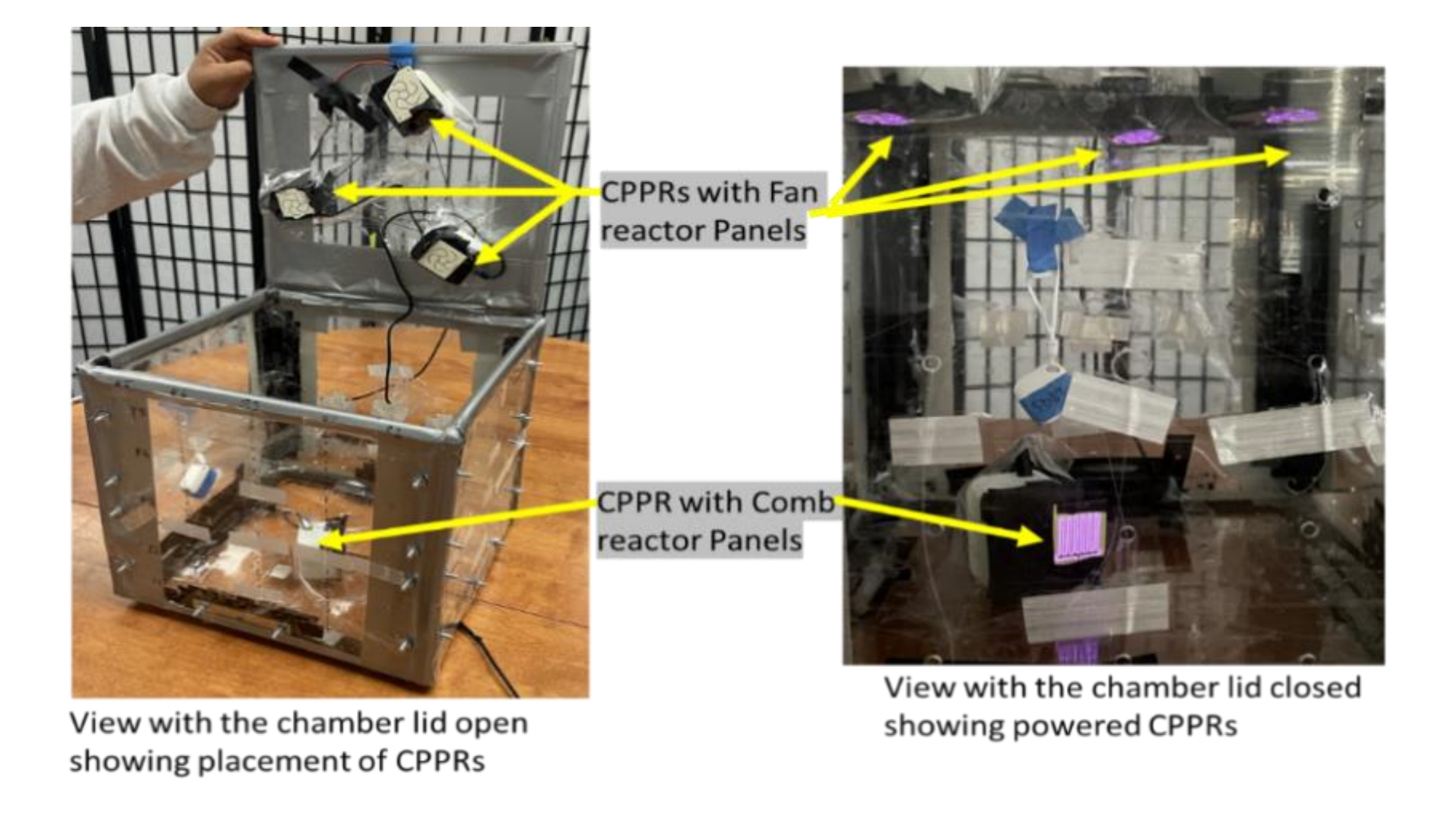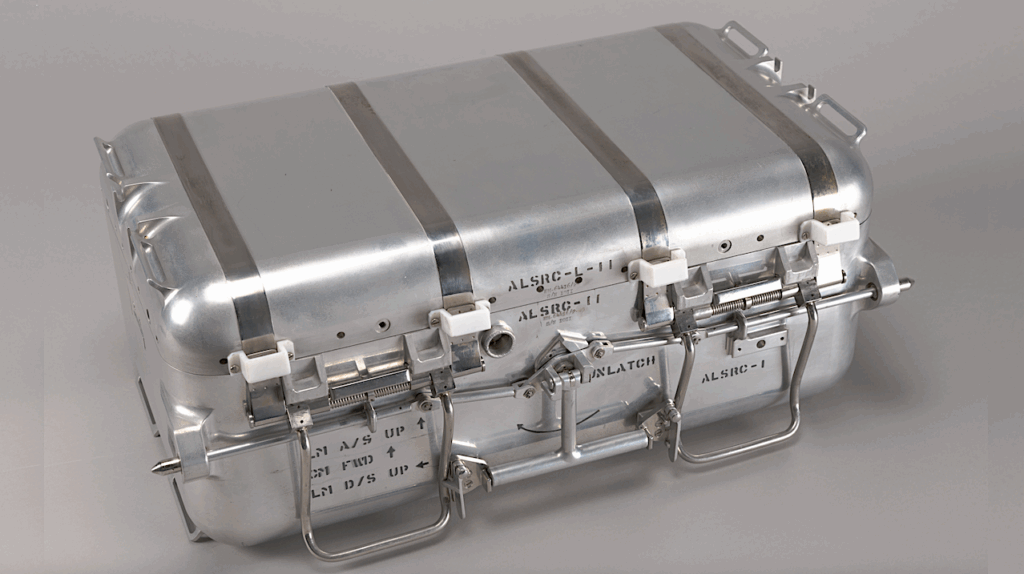Distributed Compact Plasma Reactor Sterilization for Planetary Protection in Space Missions

This paper presents a proof-of-concept study establishing effectiveness of the Active Plasma Sterilizer (APS) for sterilization in planetary protection.
The APS uses Compact Portable Plasma Reactors (CPPRs) to produce surface dielectric barrier discharge, a type of cold plasma, using ambient air to generate and distribute reactive species like ozone used for decontamination. Sterilization tests were performed with pathogenic bacteria (Escherichia coli and Bacillus subtilis) on materials (Aluminum, Polycarbonate, Kevlar and Orthofabric) relevant to space missions.
Results show that the APS can achieve 4 to 5 log reductions of pathogenic bacteria on four selected materials, simultaneously at 11 points within 30 minutes, using power of 13.2 +/- 2.22 W. Spatial sterilization data shows the APS can uniformly sterilize several areas of a contaminated surface within 30 minutes. Ozone penetration through Kevlar and Orthofabric layers was achieved using the CPPR with no external agent assisting penetration. Preliminary material compatibility tests with SEM analysis of the APS exposed materials showed no significant material damage.
Thus, this study shows the potential of the APS as a light-weight sustainable sterilization technology for planetary protection with advantages of uniform spatial decontamination, low processing temperatures, low exposure times, material compatibility and the ability to disinfect porous surfaces.
Competing Interest Statement
US Provisional Patent (63/417,672) was filed for Active Plasma Sterilizer for Space Application on October 19, 2022. US Patent 10,651,014 was issued for Compact Portable Plasma Reactor on May 12, 2020.
Bhaswati Choudhury, Tamara Revazishvili, Maria Lozada, Sarthak Roy, Emma Noelle Mastro, Sherlie Portugal, Subrata Roy https://www.biorxiv.org/content/10.1101/2022.11.14.516453v1
Astrobiology








